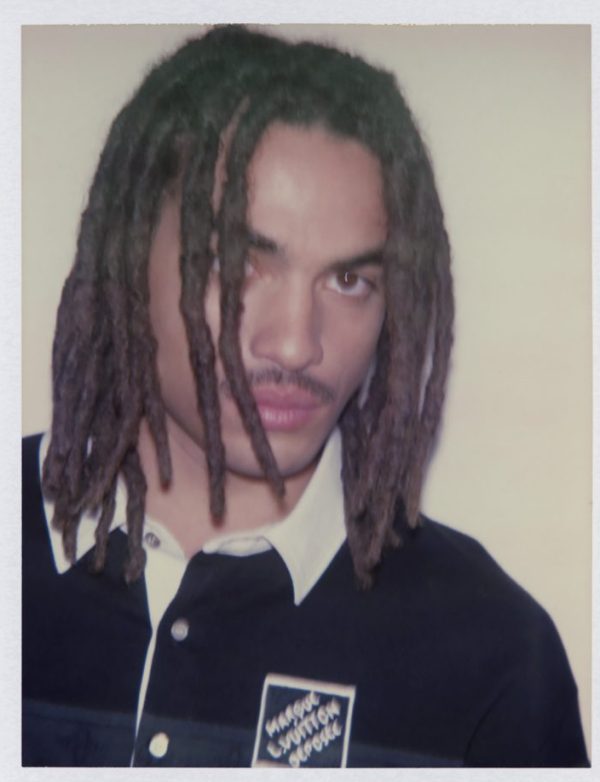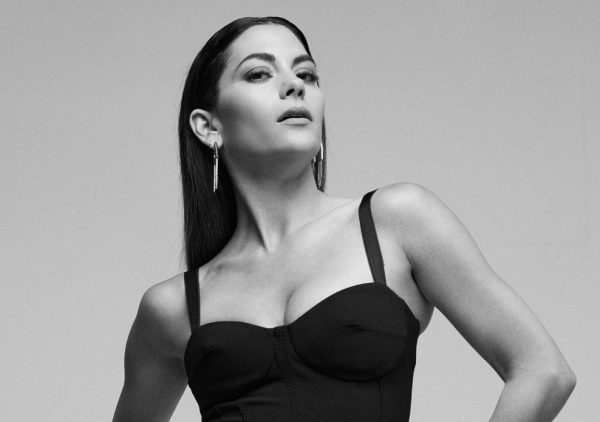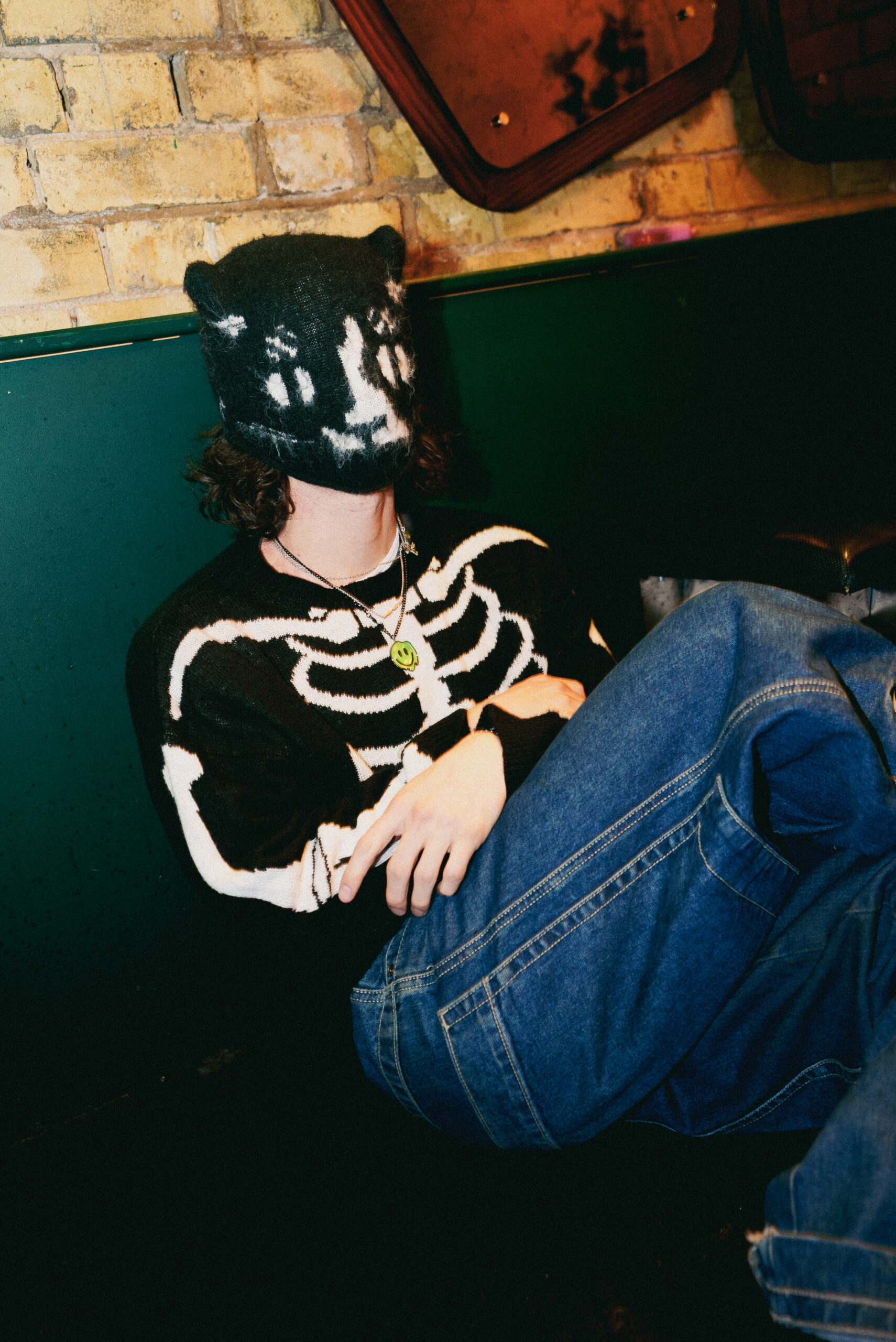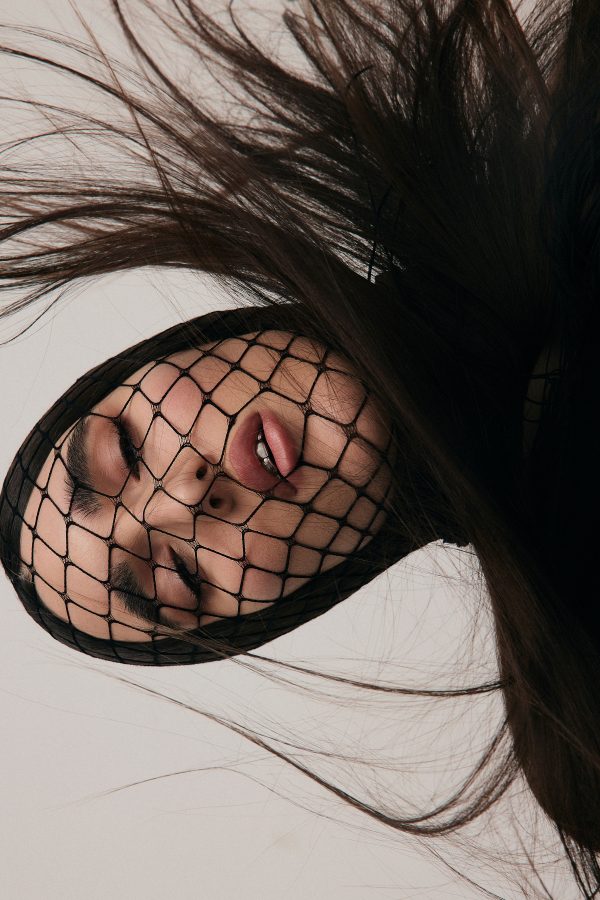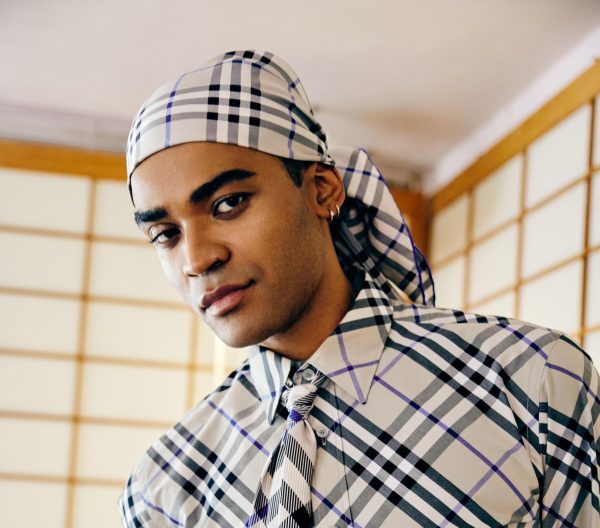 Prince Gyasi is becoming a King. As he embarks on this new era of his life, he tells Schön!, “[t]he most important thing is knowing that true freedom is creating without your actual voice.” The Ghanaian artist and photographer, celebrated for his fine art photography and use of exuberant colour, continues to use his artwork to highlight his culture and community. When he was just 16, he shot his first photographs on an old iPhone and has since gone on to collaborate with Balmain, Vanity Fair, and GQ, in addition to being included in prestigious art collections and exhibitions.
Prince Gyasi is becoming a King. As he embarks on this new era of his life, he tells Schön!, “[t]he most important thing is knowing that true freedom is creating without your actual voice.” The Ghanaian artist and photographer, celebrated for his fine art photography and use of exuberant colour, continues to use his artwork to highlight his culture and community. When he was just 16, he shot his first photographs on an old iPhone and has since gone on to collaborate with Balmain, Vanity Fair, and GQ, in addition to being included in prestigious art collections and exhibitions.
His latest project, photographing the 50th Pirelli Calendar, has launched his career to new heights. Shooting the calendar in both London and his hometown in Ghana, Gyasi explored the theme of timelessness, employing a variety of actors, directors, and activists to work as his muses. Alongside Naomi Campbell, Idris Elba, and Angela Bassett, the King Otumfuo Osei Tutu II is photographed as a celebration of the 25th Anniversary of the Ashanti Kingdom. With this project, Gyasi hopes to open the door for kids across the world, inspiring them to work hard for their aspirations.
Sitting down with Schön! on a rainy Monday in London, Gyasi touches on using his artwork to communicate, being the first African photographer to shoot the Pirelli Calendar, and delving into the past, present, and future.
 Your artwork is recognised for blending vibrant and fine art photography with your culture. Could you explain how these elements reflect your personal narrative?
Your artwork is recognised for blending vibrant and fine art photography with your culture. Could you explain how these elements reflect your personal narrative?
I think it gives me a vast space to talk about things happening in my community and the problems and solutions. Also, it helps me improve my artistic skills, how far and wide I can go, and how I can push and inspire people in Africa—I mean, any kid anywhere who wants to go into art. The most important thing is knowing that true freedom is creating without your actual voice. It’s a privilege to have that skill set to communicate without me being there myself. For me, colour is another element that I feel God created for us to see the world from different perspectives. Some think love is red, but for me, I see love as white, so it’s different perspectives that make the world more interesting. Do you know what colour does to the brain? It stimulates it and makes sure that whatever message you are receiving—whether it’s harsh or not—you are able to translate the message to your body, telling it “Oh there’s something harmful coming,” or “There’s something beautiful coming.” All of these elements are what I’ve picked up and pieced together.
Congratulations on your work on the Pirelli Calendar! Based on what I’ve seen and heard, it looks absolutely incredible. How does it feel to be the first African photographer to shoot the Pirelli Calendar?
Being the first African artist to shoot the Pirelli Calendar is a humbling experience for me because not many Black or African people have done that. I’m the first one, so it opens the door for other people to come through. It shouldn’t stop here, it should continue. I’m excited to have the opportunity to tell or send a message to people about what I’ve experienced growing up as a kid: the things I’ve done and how I feel about the past, the future, and the present. That’s why the theme is ‘timeless’ because it’s [touching on] every era. It’s amazing to have that canvas and creative freedom to share my perspective and point of view.
 What was the significance of shooting a portion of the project in Ghana, your home country?
What was the significance of shooting a portion of the project in Ghana, your home country?
I’m African, I’m Ghanaian, and it’s always good to do something at home. You are the best version of yourself when you are home. You feel free—there’s so much freedom. Also, with the kind of messages I wanted to convey, it was nice to see those sets and bring certain people to Ghana to shoot them. It was very interesting and one of the first times that they did the calendar in two different places. I always [want to] bring something new to a project. It’s important to have it in Ghana because I am representing [the country] and I want it to represent how I felt growing up and the kinds of experiences I had.
You mentioned the theme, ‘Timeless’, which covers your past, present, and future. Could you provide some more insight into the theme of the 2024 calendar and how it was conceptualised?
The theme of the calendar was (and still is) ‘Timeless’. I wanted to hit on different times as Prince Gyasi, from what I’ve experienced. In Ghana, there was a ceiling above us as kids because we didn’t have certain exposures, so there were certain people we looked up to. It’s everywhere, we all have a ceiling above us, but I looked at these people and they helped me take off that ceiling. One thing I really liked is that I was able to construct these sets based on what I felt about [the people], how I perceived them growing up, and where I see them going. Me choosing the word ‘timeless’ is [based on] consistency. In order for you to reach those heights, you have to be consistent. If you look at Pirelli and how they’ve been able to reach the 50th calendar, it’s because they’ve been consistent throughout. Again, when you’re looking at something that has been able to withstand time, you call it timeless and most of these talents and role models to me are people who defy time—it’s almost like they don’t exist in this world. They are superheroes to me. I just wanted to communicate that message to people and have them come up with new ways of admiring their role models.
 Touching on your muses, including Naomi Campbell, Idris Elba, and Angela Bassett, what do they represent within “The Cal”?
Touching on your muses, including Naomi Campbell, Idris Elba, and Angela Bassett, what do they represent within “The Cal”?
Each of them represents a relatable superhero. Idris [Elba], isn’t superficial, you know? He looks more relatable. You see him and you feel like if you work harder, you can become like him. He’s only superficial when he plays a villain in a movie. Naomi [Campbell] is a big sister of mine. She has been able to exist in different generations, she’s been able to appeal to different generations, and she’s been able to stay relevant. Not just stay relevant—because relevant is a very cliché word to use—she’s been able to maintain that level of consistency. Angela Bassett is a mother for all of these people, she opened the door for all of these people. For me, all of these people are the ultimate figures I looked up to and so what I did was pick up all these things that I feel when I see them and piece them together and turn them into an art piece and have them inside.
 It seems that they’ve had a large impact on you. In what ways have they served as a source of inspiration for you throughout your life?
It seems that they’ve had a large impact on you. In what ways have they served as a source of inspiration for you throughout your life?
So many ways… Naomi was the first person to give me my magazine cover. She has been a big sister to me and she’s introduced me to so many people. Idris is a big brother to me. Jeymes Samuel—one of the best Black directors that we have—has inspired me in so many ways. Angela Bassett is amazing, you know? When I’m watching movies, it sends a lot of emotions through me that have helped me create set pieces. Amoako Boafo is a very good friend of mine and the best artist in the world right now, [he] also inspired me to keep pushing. All of these talents have helped me play a different role, so, let’s think of ‘Timeless’ as a movie. All of these people have different roles that they have to play and that movie is my life. That’s why I put myself in the calendar because the timelessness we’re talking about is this kid who became a Prince who’s also becoming a King.
Speaking of timelessness, the Pirelli Calendar is famously regarded as a reflection of the zeitgeist. How do you feel that your work on the 50th calendar represents the era we are currently living in?
I’m 28, I’m in that era, I’m in the Gen-Z era, I’m one of the newest generations. I will always come up with something new. I challenge people, I challenge thoughts, I provoke emotions, and I will make you rethink what you’ve already learned. I come in and it’s more critical thinking for me. The way people define timelessness is always old and classic, so I put young people in [the calendar] because it’s about the quality of work, it’s not about how long you’ve been working. Some people work for 50 years and they are crap, but they will be considered timeless because they’ve been doing it for so long. For me, it’s about redefining what people already know and that’s the message that I wanted to give to people. It was important to have these people in [the calendar] because they all represent something for every kid I know. Of course, I wish I could’ve had more people in it if it wasn’t just twelve [months].
 What do you believe keeps the Pirelli Calendar relevant despite the traditional calendar format becoming outdated?
What do you believe keeps the Pirelli Calendar relevant despite the traditional calendar format becoming outdated?
They give creative freedom to artists to express themselves and that’s what keeps it relevant. I would not say it keeps it relevant, it keeps impacting people in different generations. I don’t like using the word ‘relevant’ because it’s like you’re just doing anything to stay alive. It sounds like a survival word. I’ll say it keeps impacting people because of that. For me, my whole life is like a playground, so if you give me [creative freedom], I will come up with anything that is out of this world. You want to go out there and do so many things, but you also have a limit, so you have to stay in the middle and make sure that you don’t compromise on your message. So, it helps us on the artistic side, the business side, and the critical side, as well. It’s like an educational project.
 photography. from behind the scenes of the 2024 Pirelli Calendar by Prince Gyasi, photos by Alessandro Scotti
photography. from behind the scenes of the 2024 Pirelli Calendar by Prince Gyasi, photos by Alessandro Scotti
words. Amber Louise
















